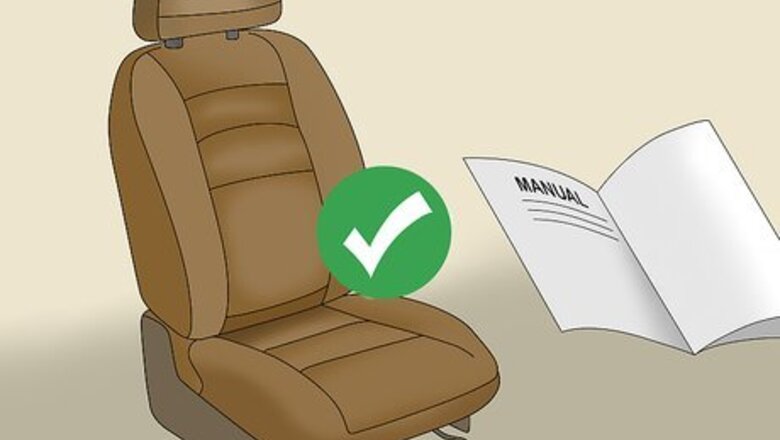
views
Cleaning the Seats
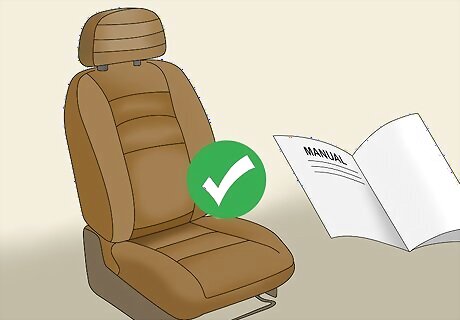
Check to see if your car seats have any perforated areas. If so, take care not to get water, cleanser or conditioner stuck down into the holes. Consult your car manual. Before you clean or apply any products, refer to your car's owner's manual. There should be specific instructions on how to properly care for the leather upholstery, as well as products to avoid.
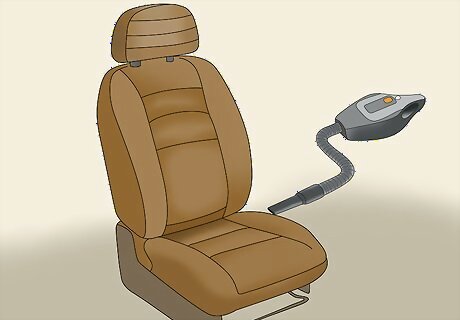
Vacuum the seats. Use a vacuum hose and attachment or wet-dry vac to suck up any large particles of dirt. Use extreme care so you don't scratch the leather. You could also use an air compressor to blow out dirt from in between the seat cracks.
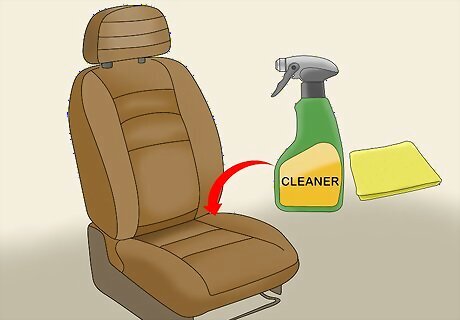
Remove surface dirt. If your seats are really dirty, you'll be able to see a layer of grime on the leather; however, even seemingly clean seats will have a layer of dirt and grime that's accumulated over time. Spray a microfiber towel with cleaner and wipe over the seats. Use leather cleaner, saddle soap, or another mild leather soap. You can use a commercial cleaner for leather seats or make your own: Combine 1 part white vinegar and 2 parts linseed oil in a bowl or spray bottle.
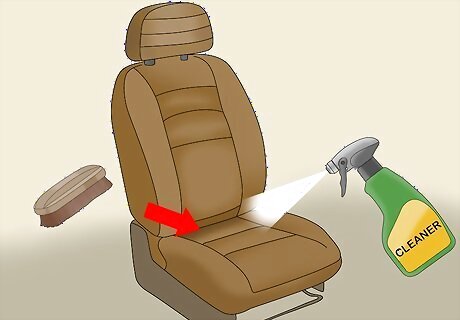
Use a brush to deep clean the leather. Spray the cleaner directly onto your seats and use a soft-bristled brush to gently scrub the leather. This will agitate the dirt and bring it to the surface. If you have perforated leather seats, avoid spraying cleaner onto the seats. Instead, spray the bristle brush and use it to scrub the leather. Then, wipe dry with a microfiber cloth.
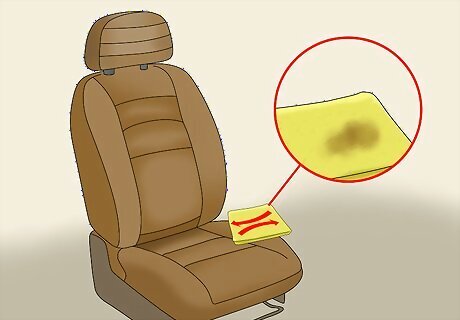
Wipe the seats clean. Use a clean and dry microfiber cloth to wipe off the cleaning agent that you scrubbed into the leather. You should notice dirt, oil, and grime on the cloth.
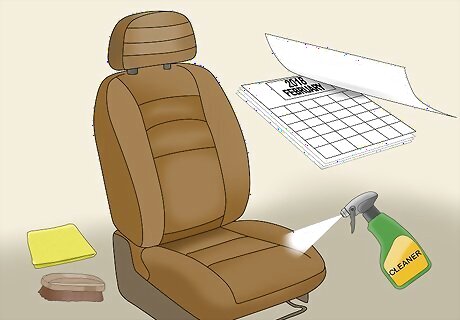
Regularly clean your seats. While you should lightly clean your seats every month or so, try to deep clean your seats 3 to 4 times a year. You may want to do this more often if you have light-colored leather or if you begin to notice grime building up.
Conditioning the Seats
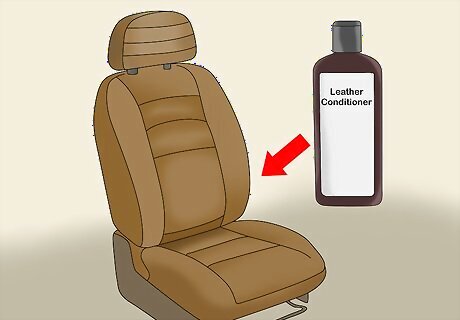
Choose a water-based, pH neutral conditioner. Look for a high-quality leather conditioner that does not contain petroleum distillates, silicone, or waxes. The goal of the conditioner is to replenish the natural oils in the leather, so choose one with top-quality ingredients. Cheaper leather conditioners may cling to the leather and have a greasy finish.
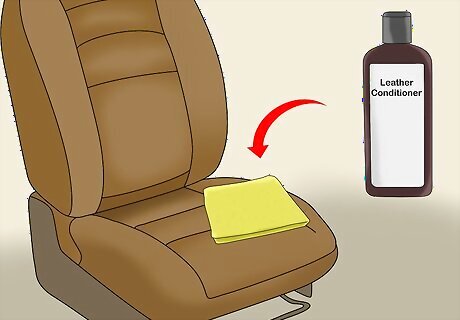
Perform a spot test. Choose an inconspicuous area and apply a little conditioner. Gently rub it in using a microfiber cloth or sponge. Make sure the cleaner doesn't damage or discolor your seats.
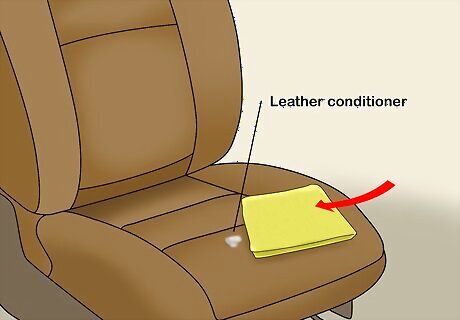
Condition your seats. Apply the conditioner to the seats and use a microfiber cloth or sponge to gently massage or rub it into the leather. Avoid applying too much conditioner, which will sit on top of the leather, making the seats greasy or slick. If in doubt, take a clean dry microfiber cloth and lightly wipe over the conditioned seats to remove any excess conditioner. Be sure to follow the product directions.

Park your car in the shade or in your garage overnight. Give the conditioner some time out of the sun so it has a chance to set in without the bombardment of UV light. Let the conditioner sit for at least one hour.
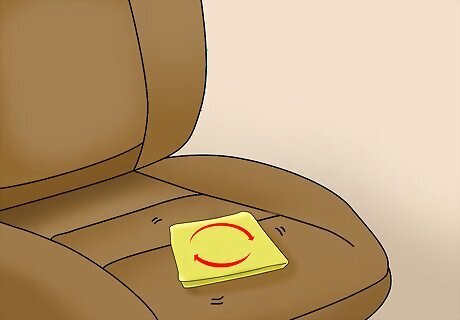
Use a microfiber cloth to buff the seats. Once the conditioner has had a chance to soak into the leather, take a clean dry microfiber cloth and polish the seats. Use circular motions and take care to wipe up excess conditioner. Don't over-condition your leather seats. Most seats only need conditioning treatment a few times a year.


















Comments
0 comment